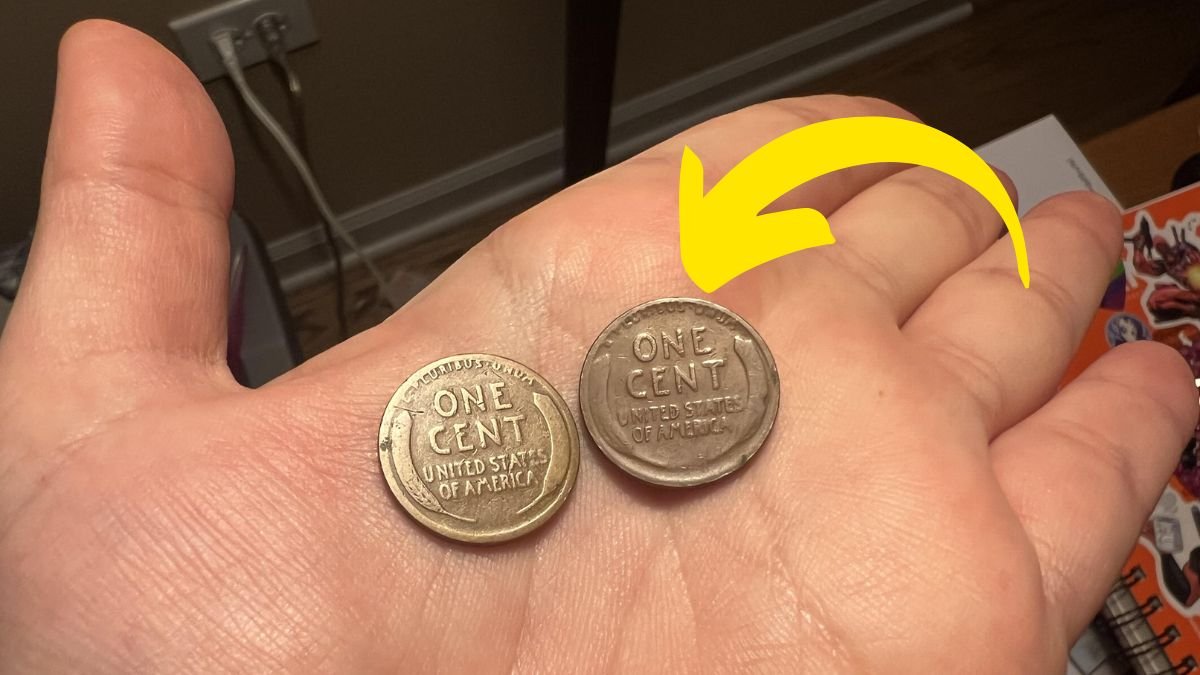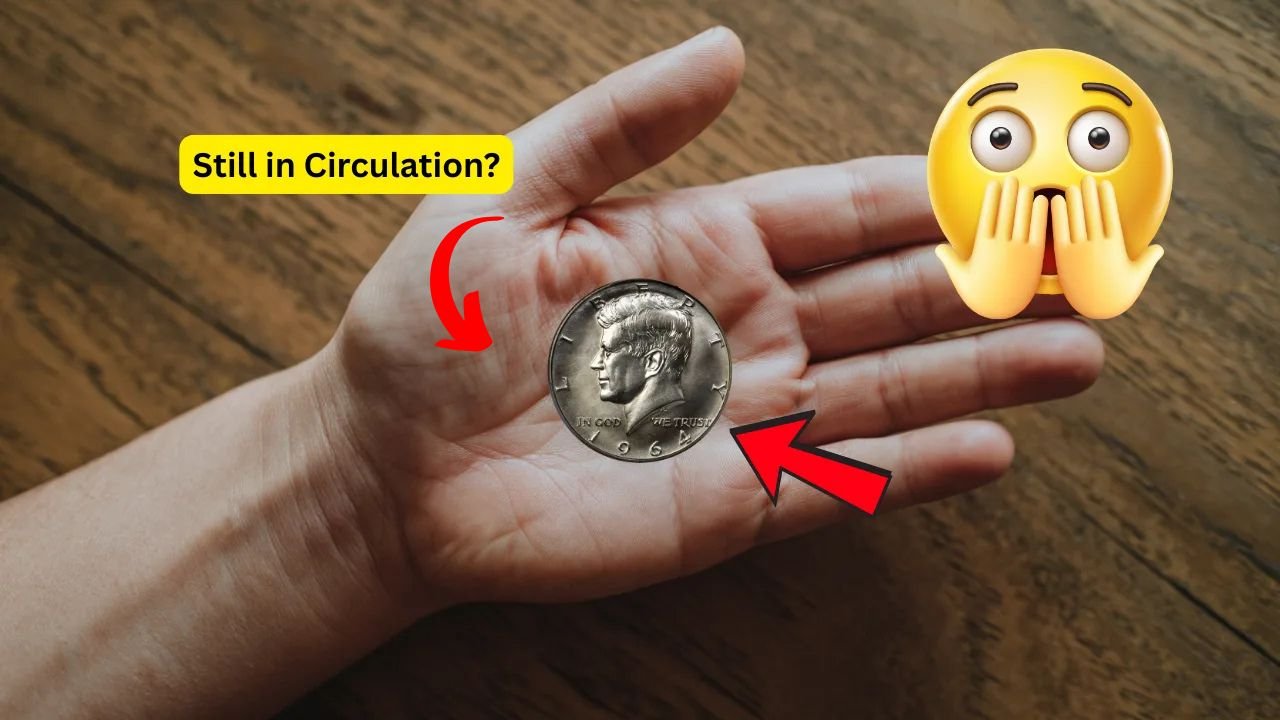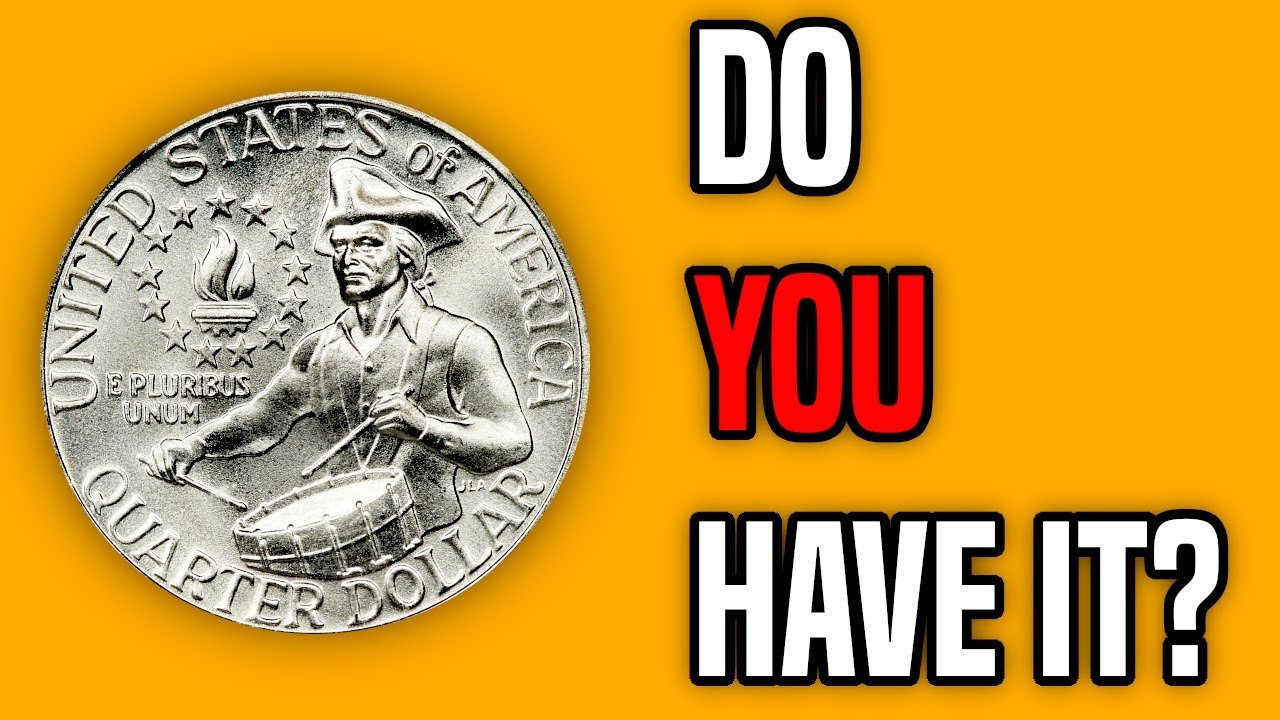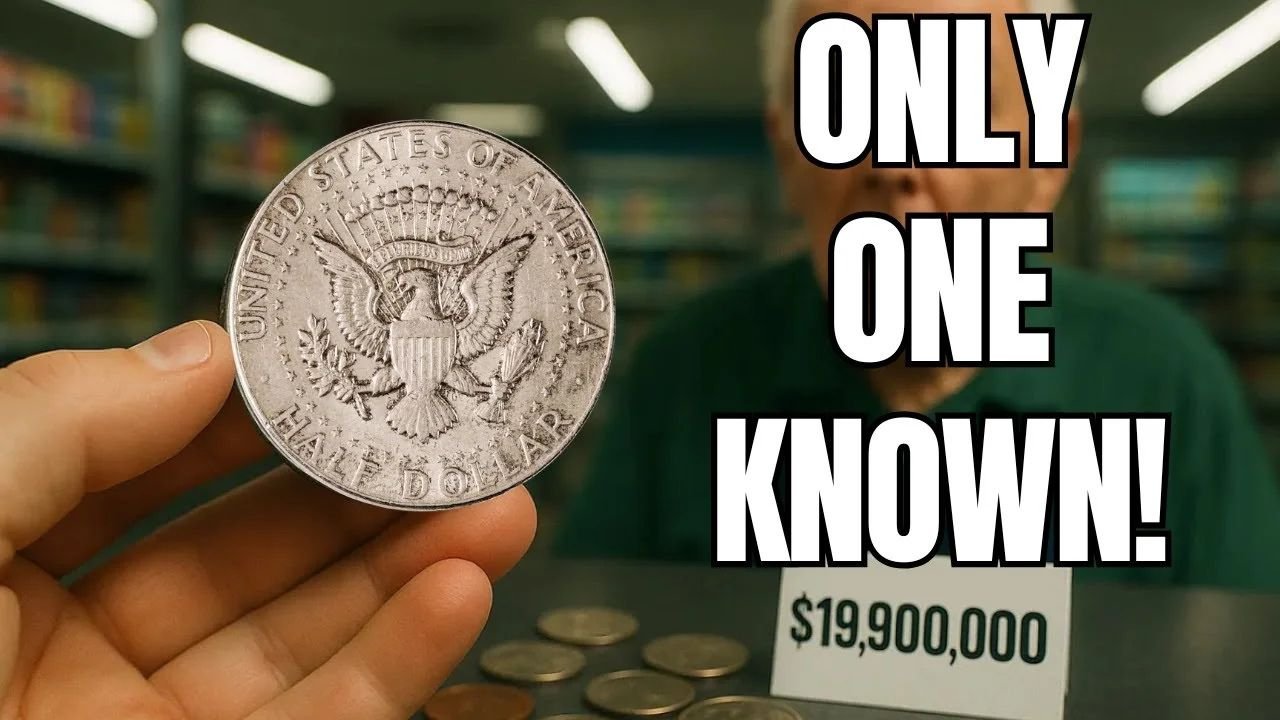The Lincoln Wheat Penny, minted from 1909 to 1958, remains one of the most beloved coins among collectors. With its iconic design and fascinating history, this small copper coin can range in value from just a few cents to thousands of dollars, depending on its year, mint mark, and condition. In this guide, we’ll explore how to identify, evaluate, and understand the value of Wheat Pennies year by year.
A Brief History of the Lincoln Wheat Penny
The Wheat Penny was first introduced in 1909 to commemorate the 100th anniversary of Abraham Lincoln’s birth. Designed by Victor David Brenner, the obverse featured Lincoln’s portrait—the first U.S. coin to honor a real person—while the reverse displayed two stalks of wheat symbolizing prosperity and unity.
Kennedy Half Dollar Valued at $19.9 Million, Still in Circulation- Very Few People Know
Wheat Pennies were struck in three main mints:
- Philadelphia (no mint mark)
- Denver (D)
- San Francisco (S)
Key Factors That Affect Wheat Penny Value
-
Year and Mint Mark – Certain years had low mintages or unique variations that make them rare.
-
Condition (Grade) – Coins in pristine, uncirculated condition are worth more than those that are worn or damaged.
-
Metal Composition – Most Wheat Pennies are made of 95% copper, but 1943 steel cents and error coins can command huge premiums.
-
Rarity and Demand – Some dates are highly sought after by collectors, making even moderately worn examples valuable.
Wheat Penny Values by Year
Below is a general overview of average collector values for circulated and uncirculated Wheat Pennies (approximate estimates as of 2025):
| Year | Mint Mark | Estimated Value (Circulated – Uncirculated) |
|---|---|---|
| 1909 VDB | P | $5 – $15 |
| 1909-S VDB | S | $700 – $2,000+ |
| 1910–1914 | P/D/S | $0.20 – $100+ |
| 1914-D | D | $150 – $4,000+ (rare key date) |
| 1916–1929 | P/D/S | $0.10 – $15 |
| 1931-S | S | $75 – $200 |
| 1933–1942 | P/D/S | $0.05 – $2 |
| 1943 (Steel Penny) | P/D/S | $0.25 – $3 (common); Copper 1943 errors worth $100,000+ |
| 1944 (Copper) | P/D/S | $0.10 – $5; Steel 1944 errors can reach $75,000+ |
| 1945–1958 | P/D/S | $0.05 – $2 |
Note: Prices can fluctuate depending on the coin market and individual grading.
The Rarest and Most Valuable Wheat Pennies
Some of the rarest and most valuable examples include:
-
1909-S VDB – The most famous key date; only 484,000 minted.
-
1914-D – Scarce due to low mintage and heavy circulation.
-
1922 No D (Denver Mint error) – Missing mint mark makes it highly collectible.
-
1943 Copper Penny – Mistakenly struck on copper planchets during wartime steel production.
-
1944 Steel Penny – Transitional error coin; extremely rare and valuable.
How to Identify and Preserve Your Wheat Pennies
- Inspect the Mint Mark – Found below the date; “D” for Denver, “S” for San Francisco.
- Check the Condition – Look for minimal wear, strong details, and full wheat lines.
- Use a Magnifying Glass – Helps identify small minting errors or doubled dies.
- Avoid Cleaning – Cleaning coins can reduce their value dramatically.
- Store Properly – Use coin flips or albums to prevent scratches and oxidation.
Are Valuable Wheat Pennies Still in Circulation?
Yes, surprisingly! Many collectors and lucky finders still report discovering Wheat Pennies in pocket change or coin rolls. While most are worth just a few cents, you might stumble upon a rare date worth hundreds—or even thousands—of dollars.
Conclusion
The Lincoln Wheat Penny is more than just old change—it’s a piece of American history. Whether you’re a new collector or a seasoned numismatist, understanding the value of Wheat Pennies by year can help you appreciate these coins’ legacy and maybe even uncover a hidden treasure in your coin jar.
FAQ
Q1: What is the most valuable Wheat Penny ever found?
A: The 1943 Copper Wheat Penny is one of the most valuable, with examples selling for over $1 million at auction.
Q2: How can I tell if my Wheat Penny is rare?
A: Check the year and mint mark. Coins like 1909-S VDB, 1914-D, and 1922 No D are rare key dates.
Q3: Are steel pennies from 1943 worth anything?
A: Yes, though most are common and worth $0.25–$3. However, copper 1943 errors are worth tens of thousands.
Q4: Should I clean my Wheat Pennies before selling them?
A: No. Cleaning can significantly reduce their collector value—always keep them in their original condition.
Q5: Where can I sell my Wheat Pennies?
A: You can sell them at coin shops, auctions, or online marketplaces like eBay or Heritage Auctions.





